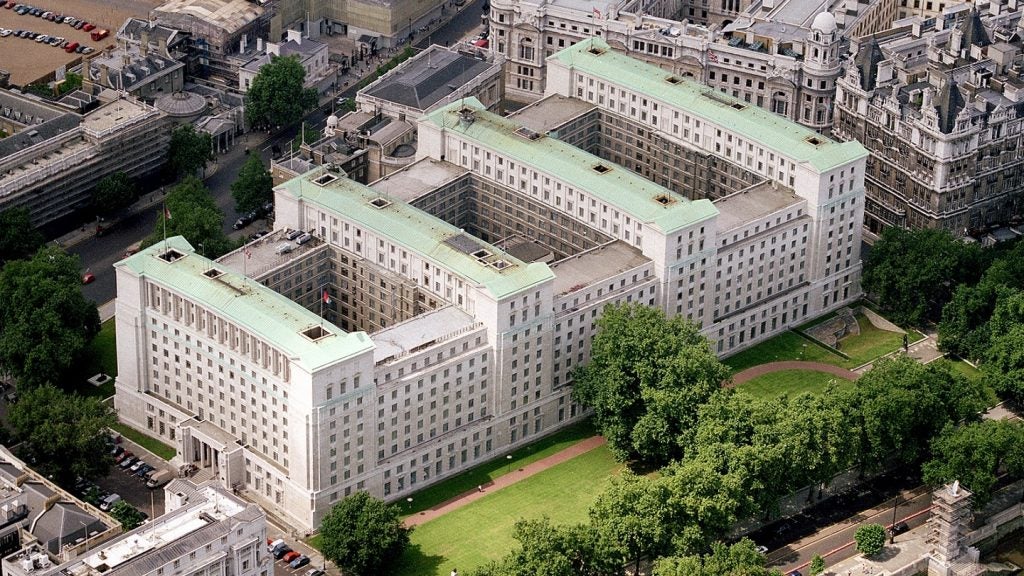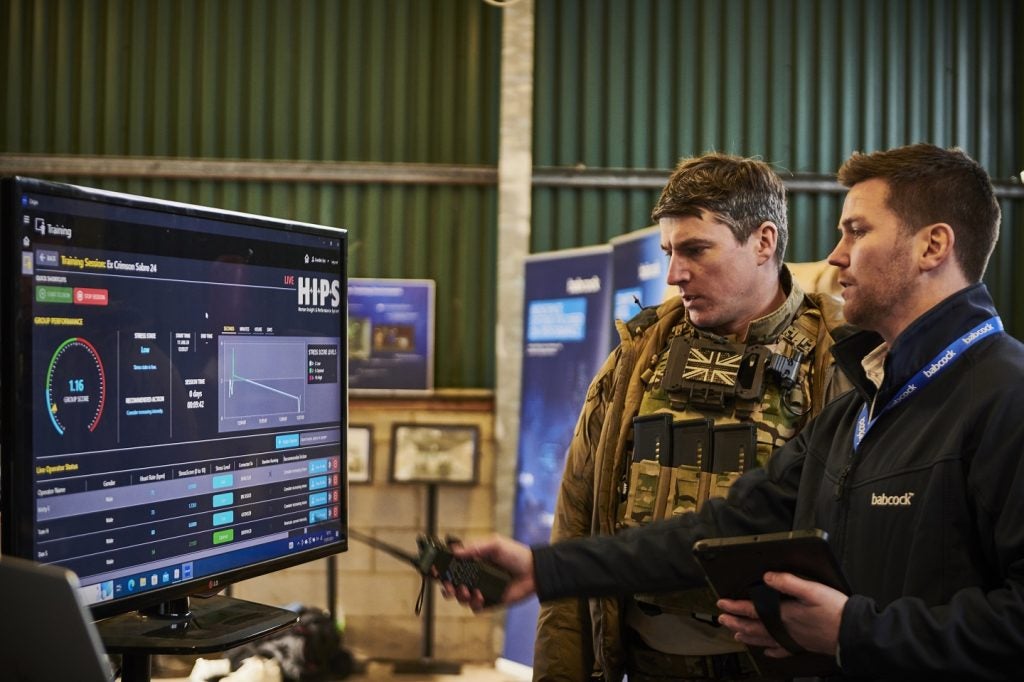
One of the defining characteristics of the first three months of the new Obama administration was the decision to conduct a thorough and systematic overhaul of a Pentagon acquisition system, which in the new president’s own words had ‘run amok’.
So it came as no surprise that the submission of May’s $663.8bn defence budget was distinguished by bold programme cuts and the purging of costly acquisition plans, which Obama says offer little to protect the American people.
The proposed core budget, which is yet to be approved by congress, has grown by $20.5bn from the original total provided by congress, an increase of 4%. Besides procurement programmes the budget also includes $130bn in war funding mainly for Iraq and Afghanistan.
The defining characteristics of Obama’s next few months, as far as weapons procurement goes, will be to see that the proposed budget makes its way through congress, if that goes well a settled defence plan will be in place to go under the knife yet again during this year’s quadrennial defence review, where the warfare strategy of a new era will be decided.
Shifting sands – Obama’s vision
In a meeting held in May with president’s Karzai of Afghanistan and Asif Ali Zardari of Pakistan, Obama reiterated the lasting commitment to defeating Al-Qaeda and supporting the democratically elected governments of both countries. He also made the difficulties plainly clear – the terrain is new and dangerous and there will be more violence and setbacks.
How well do you really know your competitors?
Access the most comprehensive Company Profiles on the market, powered by GlobalData. Save hours of research. Gain competitive edge.

Thank you!
Your download email will arrive shortly
Not ready to buy yet? Download a free sample
We are confident about the unique quality of our Company Profiles. However, we want you to make the most beneficial decision for your business, so we offer a free sample that you can download by submitting the below form
By GlobalDataAs well as the axing of various dead wood programmes, Obama’s budget also highlights his intention of shifting resources as the war in Iraq winds down to focus on unconventional warfare and the growing threat of irregular warfare in Afghanistan and Pakistan.
From a technology perspective the most important element of the new strategy will the move away from traditional big weapons programmes to more focused issues such as counterinsurgency and equipping the 21,000 new troops headed for Afghanistan.
Improved contract oversight is also a huge priority and the administration has announced the creation of close to 200,000 jobs in the Pentagon, which will help revise how the government buys weapons. The Pentagon may also look at greater use of fix-priced development contracts to make cost estimates more accurate and over-runs less frequent.
The key change in Obama’s overall defence vision, however, will be to raise flagging morale of the forces and public by refocusing the US armed services on people, improving the treatment of soldiers over the entire recruitment-to-retirement lifecycle as well as providing better institutional support abroad.
The chopping block
The US Government Accountability Office has reported severe cost overruns on 97 of the largest defence acquisition programmes, which now amount to a collective total of almost $300bn. As well as being drastically over budget the programmes are also an average of 22 months behind schedule.
To rectify this sorry state of affairs the president has wielded a very free-swinging budget axe.
One of the first to go was the presidential helicopter programme being developed by Lockheed Martin and AgustaWestland, which threatened to double in cost to over $13bn. The cancellation of $87bn in funding for the ground vehicle portion of the army’s future combat systems (FCS) modernisation programme is also a bold move to end a seemingly fruitless programme, which had drawn many detractors.
Other high-profile changes include removing funding for the alternate engine being developed by General Electric and Rolls-Royce for the F-35 fighter jet, no additional funding for F-22 fighter jets, termination of four of the seven planned DDG-1000 destroyer ships and no funding for new Boeing C-17 transport planes.
A $15bn air force competition for new combat search and rescue helicopters has also gone on the chopping block. As a replacement the air force has proposed spending $90m on two HH-60M Pave Hawk helicopters to replenish the search and rescue fleet.
The much-talked-about missile defence programme has also gone under the knife. The budget calls for cuts of $1.2bn in funding with the ground-based midcourse defence (GMD) system built by Boeing, and the Patriot PAC-3 missile programme run by Raytheon and the kinetic energy interceptor (KEI) boost-phase programme also fell by the wayside.
Instead the administration plans to move away from ‘boost-phase’ intercept programs and onto exploring other interception measures such as the new laser defence systems being built by Northrop Grumman.
Quadrennial defence review
Over the next few months, senior US Department of Defence officials will conduct the congressionally mandated quadrennial defence review (QDR).
This broad examination of the national defence strategy, modernisation, and force structure will establish a defence planning programme and direct the military purchasing plan for the long-term future.
Speaking at the Air War College at Maxwell Air Force Base in Montgomery, Alabama in April, Defense Secretary Robert Gates said that the Pentagon remains too focused on buying weapons that are so costly and complex they take forever to build, and only then in very limited quantities.
“We have to be prepared for the wars we are most likely to fight, not just the wars we’re best suited to fight, or threats we conjure up from potential adversaries with unlimited time and resources,” said Gates.
This review is the fourth such review conducted since the QDR became law in 1996 and could well turn out to be the most important. The new review will be undertaken by a fresh new administration during a period of shifting international strategic and economic dynamics.
The task ahead, however, remains the most difficult faced by a modern war administration. To achieve lasting change against the shifting insurgencies of Afghanistan and Pakistan, Obama will have to achieve a remarkable turnaround in the way the US military goes about its business and he will have to do so against the background of one of the worst economic crises in history.
To call such a balancing act tough is an understatement, but if by cutting back the fat on procurement programmes Obama can create a leaner more-focused war machine then he will have already, in his first few months, created a powerful legacy for future generations.







